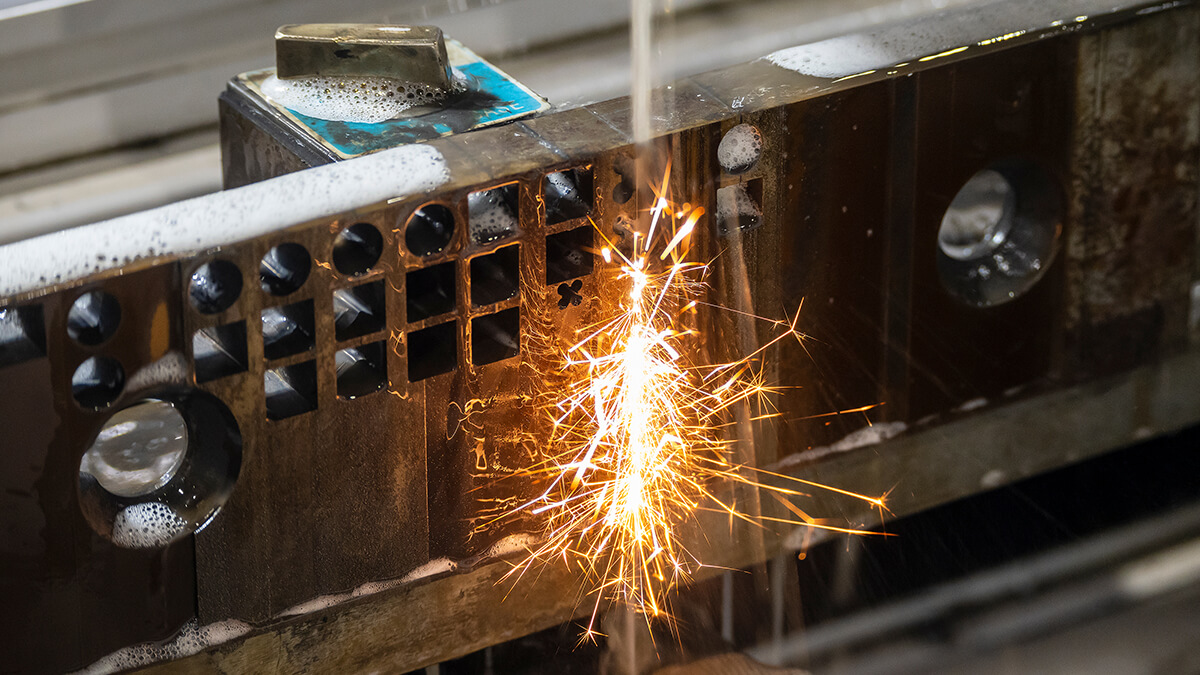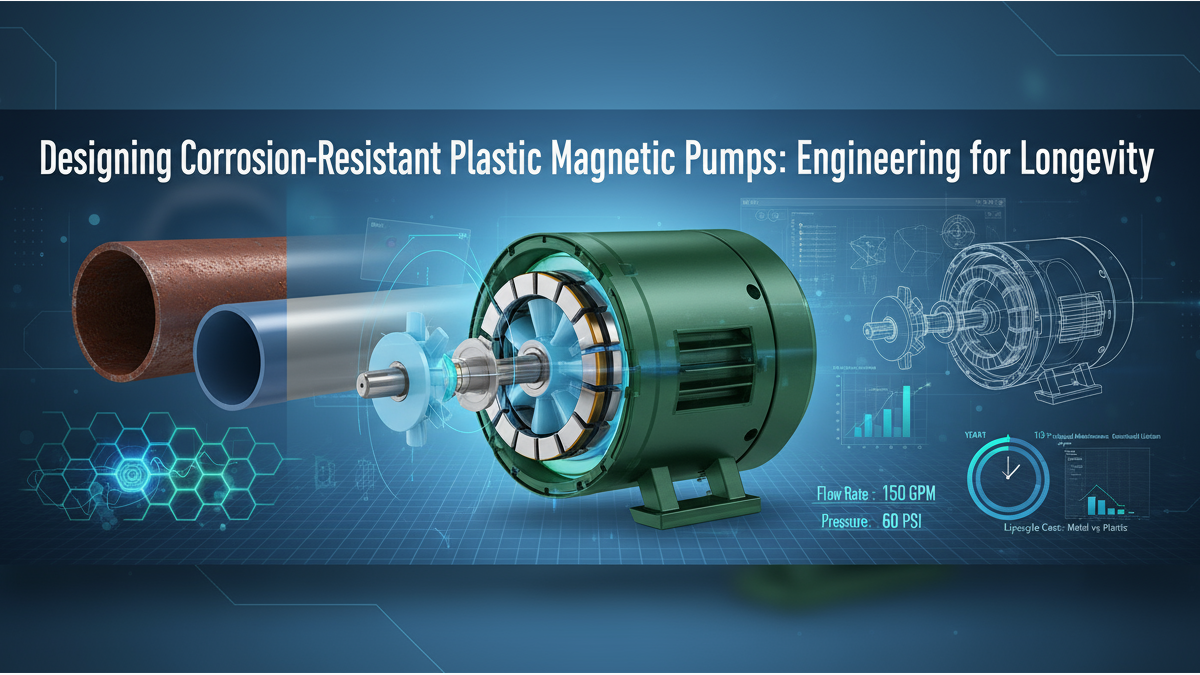The environmental impact of Electrical Discharge Machining (EDM) is not exempt from the demand for eco-friendly practices and environmental sustainability. The industry is implementing energy-efficient technologies, waste reduction strategies, and the use of eco-friendly dielectric fluids. Recycling and disposal methods for EDM byproducts, along with certifications and standards guiding environmentally friendly practices, are actively shaping the sector.
Energy-Efficient EDM Technologies and Practices
Recent advancements in EDM manufacturing processes have led to the development of energy-efficient technologies and practices. Manufacturers are incorporating innovations to reduce their carbon footprint and contribute to environmental sustainability. These include:
Pulse Technologies: Traditional EDM utilizes continuous electrical discharges, which can be energy-intensive. Pulse technologies involve intermittent discharges, reducing overall energy consumption. By optimizing the electrical pulse parameters, manufacturers can achieve high precision while minimizing energy usage.
Adaptive Control Systems: Smart and adaptive control systems in EDM machines play a pivotal role in energy efficiency. These systems dynamically adjust machining parameters based on real-time conditions, optimizing energy usage without compromising on precision. Adaptive controls also contribute to extending tool life, further reducing the environmental impact.
Renewable Energy Integration: Manufacturers are exploring the integration of renewable energy sources, such as solar or wind power, to meet the energy demands of EDM processes. This approach not only reduces the reliance on non-renewable energy but also aligns EDM practices with broader sustainability goals.
Waste Reduction Strategies in EDM
Adopting waste reduction strategies can significantly minimize the environmental impact associated with EDM processes. Strategies include:
Optimized Material Utilization: Precision in EDM allows for optimal material utilization, minimizing material waste. Advanced programming and toolpath optimization contribute to efficient material removal, ensuring that the raw materials are utilized to their fullest extent.
Sustainable Tooling Practices: Extending the lifespan of electrodes and cutting tools through reconditioning and recycling practices is a key waste reduction strategy. This not only reduces the frequency of tool replacements but also decreases the overall waste generated in the EDM process.
Water-Based Dielectric Fluids and Their Environmental Impact
Dielectric fluids play a crucial role in EDM by facilitating the electrical discharge and removing debris from the machining area. The choice of dielectric fluid significantly influences the environmental impact of the EDM process. In recent years, there has been a shift towards water-based dielectric fluids as a more environmentally friendly alternative.
Environmental Advantages: Water-based dielectric fluids offer several environmental advantages over traditional oil-based counterparts. They are non-toxic, have a lower environmental impact, and do not contribute to air pollution. Additionally, water-based fluids are easier to dispose of and do not pose the same risks as oil-based fluids.
Reduced VOC Emissions: Volatile Organic Compounds (VOCs) emitted during machining processes can contribute to air pollution and have adverse health effects. Water-based dielectric fluids have lower VOC emissions, aligning with efforts to create healthier working environments and reduce the ecological footprint of EDM.
Efficient Heat Dissipation: Water-based dielectric fluids excel in dissipating heat generated during EDM, contributing to a more stable machining environment. This efficiency not only enhances the overall performance of the process but also reduces energy consumption by minimizing the need for additional cooling systems.
Recycling and Disposal of EDM Byproducts
The byproducts generated during the EDM process, including used dielectric fluids and machined debris, necessitate careful handling to ensure environmental sustainability. Responsible recycling and disposal practices are crucial in minimizing the impact on ecosystems and human health.
Dielectric Fluid Recycling: Used dielectric fluids must be properly recycled or disposed of to prevent environmental contamination. Recycling processes often involve filtration and purification to remove contaminants, allowing for the reuse of the fluid in subsequent EDM operations. Responsible disposal methods, such as incineration with energy recovery, are employed when recycling is not feasible.
Machined Debris: Debris generated during EDM machining can be recycled to recover valuable materials. Recycling programs involve collecting, segregating, and processing the debris to extract metals for reuse in various industries.
Compliance with Regulations: Strict adherence to environmental regulations is paramount in the recycling and disposal of EDM byproducts. Manufacturers must stay informed about local and international regulations governing the handling of hazardous waste, ensuring that their practices align with legal requirements and ethical standards.
Certifications and Standards for Environmentally Friendly EDM Practices
The adoption of environmentally friendly EDM practices is further reinforced by certifications and standards. Example certifications that provide a framework for assessing and improving environmental performance in the EDM industry include:
ISO 14001: The ISO 14001 certification is an international standard for environmental management systems. It sets criteria for establishing, implementing, maintaining, and continually improving an organization's environmental management system.
RoHS Compliance: Restriction of Hazardous Substances (RoHS) compliance ensures that electrical and electronic equipment, including EDM machinery, does not contain specified hazardous materials.
EPEAT Certification: Electronic Product Environmental Assessment Tool (EPEAT) certification focuses on the environmental performance of electronic products, including EDM machines. EPEAT evaluates factors such as energy efficiency, recyclability, and reduction of hazardous substances, providing a comprehensive assessment of the environmental impact of electronic equipment.
Conclusion
Environmental sustainability in EDM involves a multifaceted approach that includes energy-efficient technologies, waste reduction strategies, eco-friendly dielectric fluids, and responsible recycling and disposal practices. By adhering to certifications and standards while embracing sustainable practices, the EDM sector not only benefits the environment but also positions itself as a responsible contributor to the broader goals of environmental conservation.










.png)



